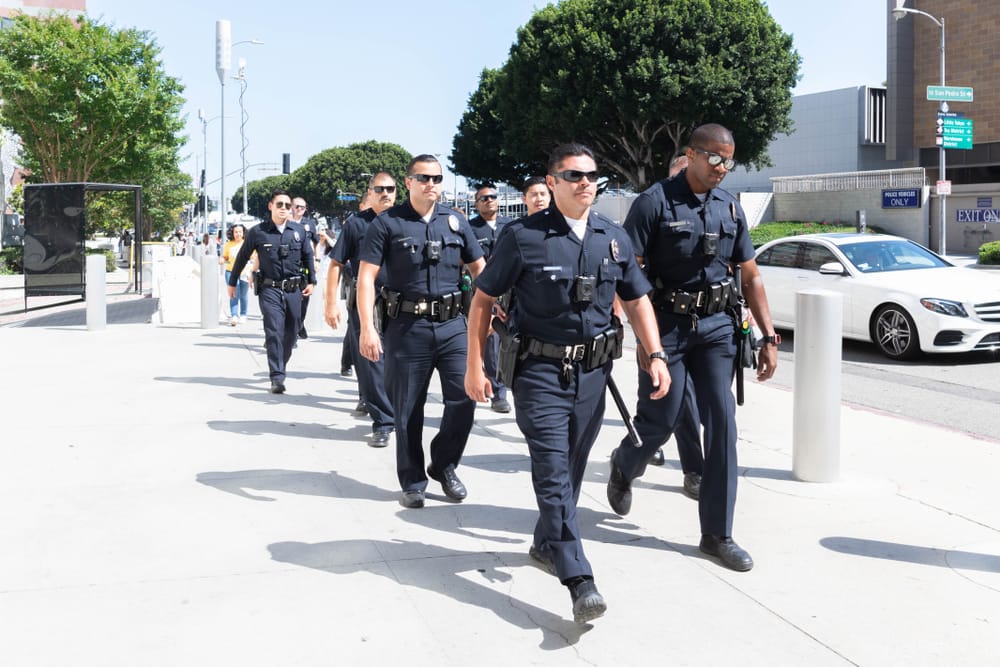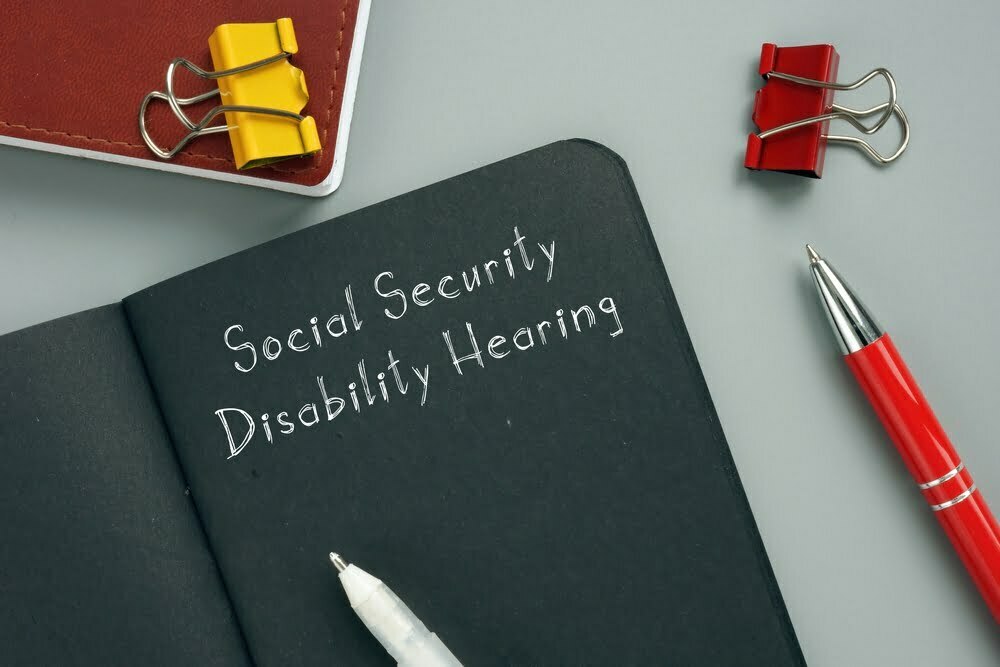 On November 5th, 2008, the 9th Circuit Court of Appeals in San Francisco, CA, issued a new decision very helpful to claimants. In Vasquez v. Astrue, —F.3d— —-(No. 06-16817, 2008), the Court held that absent a finding by the Administrative Law Judge that the claimant was not credible, a claimant’s symptoms of pain must be taken as true.
On November 5th, 2008, the 9th Circuit Court of Appeals in San Francisco, CA, issued a new decision very helpful to claimants. In Vasquez v. Astrue, —F.3d— —-(No. 06-16817, 2008), the Court held that absent a finding by the Administrative Law Judge that the claimant was not credible, a claimant’s symptoms of pain must be taken as true.
In Vasquez, the claimant testified that she was in chronic pain due to a back injury. She mentioned her pain on Social Security forms and it was collaborated by her doctors in their reports.
When evaluating a claimant’s subjective complaint of pain, the Court noted that the Administrative Law Judge (“ALJ”) must use a two part test. First, the ALJ must determine whether the claimant has presented objective medical evidence of an underlying impairment which could reasonably be expected to produce the pain or other symptoms alleged. Second, if the claimant meets the first part and there is no evidence of malingering, then the ALJ can only reject the testimony about the severity of the symptoms if she gives “specific, clear, and convincing reasons” for the rejection.
In this case, the Court noted that the ALJ did not cite any evidence of malingering. She was therefore required to provide specific, clear and convincing reasons, by pointing to facts in the record, to support an adverse credibility finding. She did not.
The Court then went on to discuss what the appropriate judicial response is when the ALJ fails to give adequate justification for rejecting a claimant’s pain testimony. It is the law that the Commissioner of Social Security must accept a claimant’s subjective pain testimony if the ALJ fails to articulate sufficient reasons for rejecting it. This is known as the “credit-as-true” rule. When acceptance of the tesimony would result in a finding of “disabled,” and there are no outstanding issues that need to be resolved, the Court must grant the case and order benefits to be paid. There is a split in the circuit, however, as to whether the the application of this rule is mandatory or discretionary when there are other outsdanding issues that must be resolved before benefits can be paid.
In this case, the Court found that there were other outstanding issues to be resolved. Nevertheless, they found other factors which merited a mandatory applciation of the rule. Specifically, the Court found the claimant’s advanced age and the six year delay from the time the claimant filed until now to be positive factors that merited an application of the rule. The Court remanded the case with the specific instruction for the ALJ to accept Ms. Vasquez’s pain testimony as true when determining whether she was entitled to benefits.

Know Your Rights
We are receiving many calls from frightened people due to the rhetoric they are hearing from President Trump and members of his Cabinet. Everyone is scared, even those people who have legal status. Rumors are flying around of ICE raids, numerous arrests, and mass deportations. More now than ever, it




